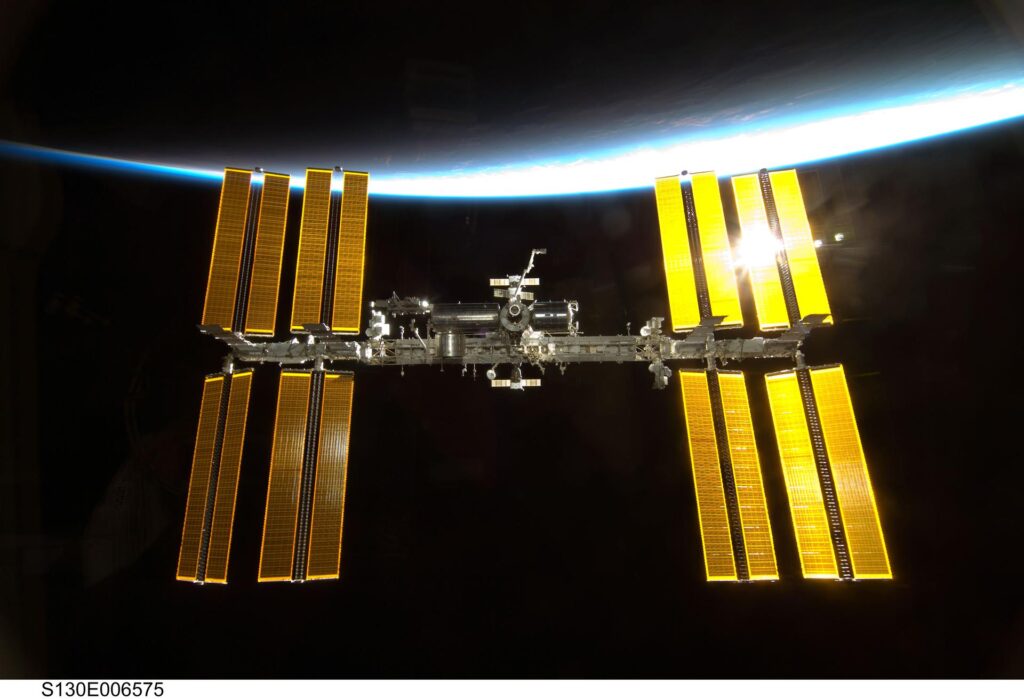Daily News
NASA’s Vision: Building Towards a Sustainable Future in Low Earth Orbit and Beyond
In a groundbreaking move towards the future of space exploration, NASA has taken a significant step in ensuring the safe and responsible transition of the International Space Station in low Earth orbit. By selecting SpaceX to develop the U.S. Deorbit Vehicle, NASA is setting the stage for continued scientific advancements and preparing for the next phase of space exploration.
The decision to develop a deorbit vehicle underscores NASA’s commitment to fostering scientific, educational, and technological developments that benefit humanity. As NASA transitions to commercially owned space destinations closer to home, the importance of preparing for the deorbit of the International Space Station after its operational life in 2030 cannot be overstated.

Ken Bowersox, associate administrator for Space Operations Mission Directorate at NASA Headquarters, emphasized the significance of this decision in ensuring a safe and responsible transition in low Earth orbit. The International Space Station has served as a blueprint for science, exploration, and partnerships in space, paving the way for future commercial destinations and the continued use of space near Earth for the benefit of all.
The close collaboration between NASA and SpaceX in developing the deorbit vehicle highlights the spirit of partnership and innovation that drives the space industry forward. While SpaceX will lead the development of the spacecraft, NASA will take ownership and operate it throughout its mission, ensuring a seamless and coordinated approach towards the safe deorbiting of the space station.
Since its inception in 1998, the International Space Station has been a symbol of international cooperation, with five space agencies working together to manage and control the hardware provided by each agency. The commitment of the United States, Japan, Canada, ESA, and Roscosmos to operate the station through 2030 underscores the shared responsibility of ensuring a safe and sustainable future in space.
As we enter the 24th year of continuously crewed operations on the space station, we are reminded of the remarkable achievements and discoveries made in microgravity across a range of scientific disciplines. The International Space Station has been a platform for groundbreaking research in Earth and space science, biology, human physiology, physical sciences, and technology demonstrations, paving the way for future innovations and advancements in space exploration.
The announcement of the U.S. Deorbit Vehicle contract marks a pivotal moment in NASA’s journey towards a sustainable future in space. As we look towards the next frontier of deep space exploration at the Moon and Mars, NASA’s commitment to safe and responsible practices in low Earth orbit sets a strong foundation for the future of space exploration.
The lessons learned aboard the International Space Station are invaluable in guiding the development of future commercial stations, fostering innovation, collaboration, and exploration in space. With a shared vision and commitment to exploration, we are building towards a future where the possibilities in space are limitless, and the benefits to humanity are boundless. NASA’s mission is clear: to explore, discover, and inspire the next generation of space explorers as we journey towards the stars.
Learn more about space station operations at: